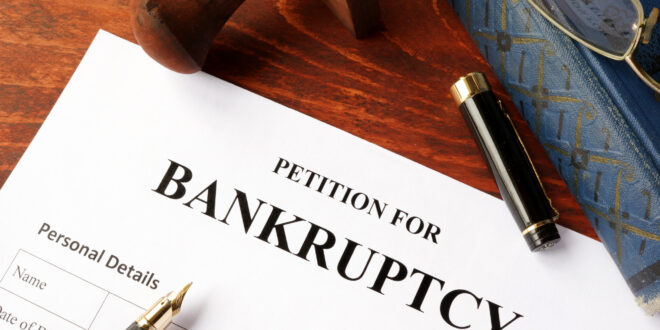March 2021 saw a significant rise in businesses filing for bankruptcy in courts, and it’s unclear whether or not this trend will continue to trend upward. In the event that it does, however, it’s important to familiarize yourself with the terms of bankruptcy in case misfortune strikes you or your company.
That said, bankruptcy isn’t a “one size fits all” sort of deal: there are multiple types people can declare for different situations. But how can you figure out which one is which?
Well, look no further. We’re here to give you our guide to all the different types of bankruptcies out there. Let’s start by looking at the bankruptcies a person can declare.
The Personal Types of Bankruptcies
The first type of personal bankruptcy most people talk about is Chapter 7 bankruptcy. With Chapter 7, you give your assets (items you own of value like car, house, etc.) over to your creditors.
In exchange, your unsecured debts (debts where there is no collateral, putting the lender at higher fiscal risk) and some secured debts (debts with collateral) will get forgiven. The courts will also provide you legal protection from further collection actions done by your creditors to get their money back (sniping money off your paycheck, harass you to pay them back, etc.).
The other main individual type of bankruptcy is Chapter 13 bankruptcy. Instead of seizing your assets, the court will instead create a payment plan for you to follow every month over a few years to pay back your debts. Chapter 13 affords you a degree of “protection” from creditors as well.
In exchange for not seizing your assets though, the court gets to see your spending habits and regulate them strictly. You’re also ineligible for Chapter 13 bankruptcy if your unsecured debt exceeds around $419,000 and/or your secured debt exceeds around $1,257,000.
In some cases, individuals can file for Chapter 11 bankruptcy. This type involves figuring out how to cycle around your assets and keep you in the financial game while paying off your debts. However, there’s a very high financial bar of entry: only those with a massive amount of assets (think celebrities) can use Chapter 11 viably.
The Business Types of Bankruptcies
As a business, you can also use Chapter 7 and 11 bankruptcies. Chapter 11 works better for businesses since they tend to possess a greater number of assets than an individual.
Businesses also have access to Chapter 15 bankruptcies. These involve companies declaring bankruptcy outside the U.S that still have holdings within the U.S. This allows assets across countries to factor in when it comes to bankruptcy. Individuals can use Chapter 15 as well, but that falls into a high bar to clear like Chapter 11.
Keep in mind that for every kind of bankruptcy, you’ll need to hire a bankruptcy attorney to help represent you in court and aid you through the process.
Bonus Types
Sometimes, you’ll also run into Chapter 9 and Chapter 12 bankruptcy. Chapter 9 allows city municipalities or institutions to rearrange their debt like what occurs within a Chapter 13 bankruptcy. Chapter 12 is a variant of Chapter 11 bankruptcy built to accommodate farmers.
Financial Mastery
Now that you know the different types of bankruptcies, what are your next steps towards ensuring a stable financial future? Well, for more info on keeping your finances strong and healthy, make sure to check out the other articles on our blog!
 HammBurg Be informed with latest news, reviews, entertainment, lifestyle tips, and much more.
HammBurg Be informed with latest news, reviews, entertainment, lifestyle tips, and much more.




